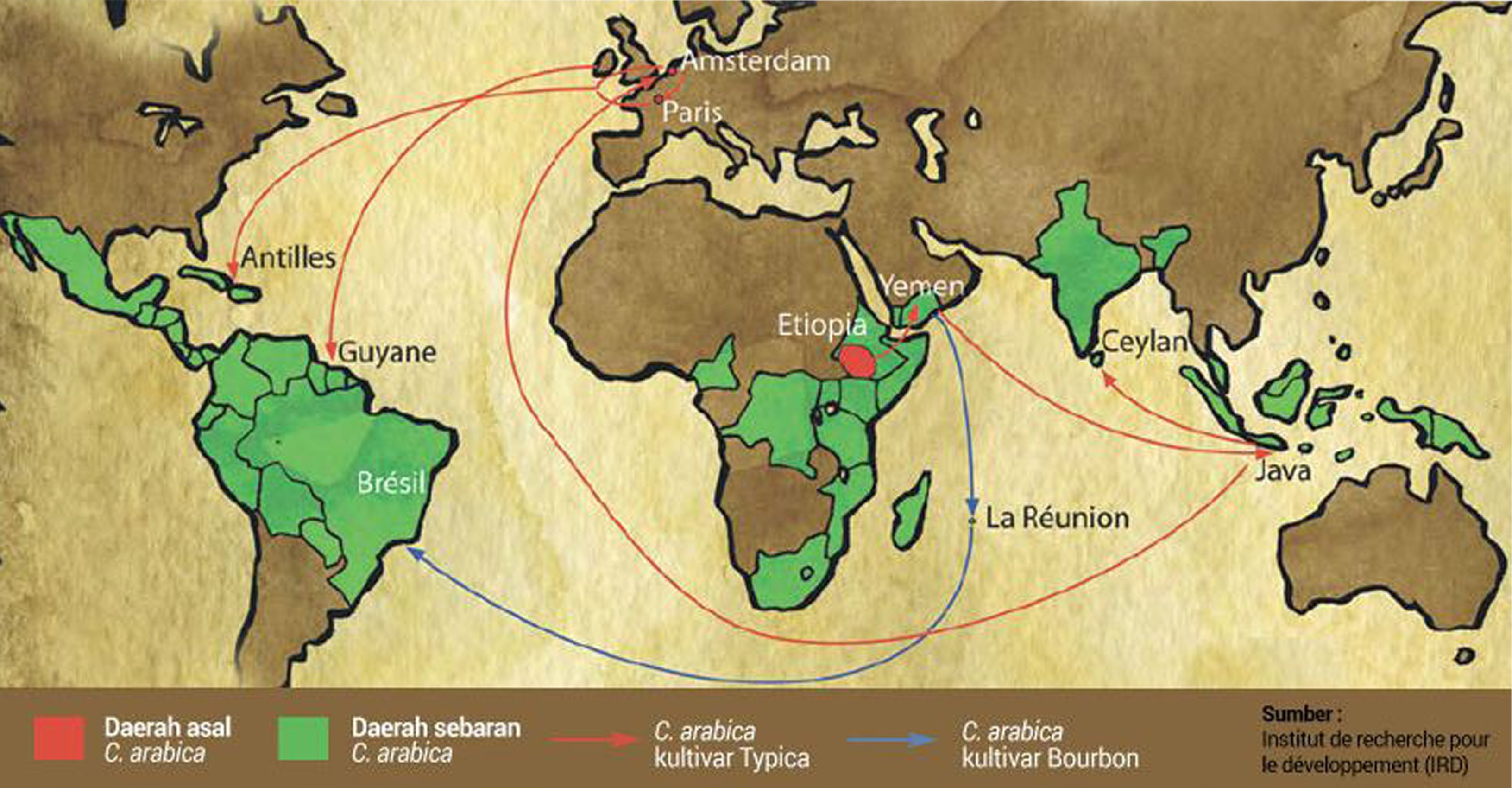The long journey of the coffee bean
Article by Michele Sergio published on L’Espresso Napoletano of July 2018
The Neapolitan, bringing to the mouth its proverbial espresso cup, often pauses to mentally anticipate its pleasure, inebriating its aroma, preparing itself to taste its flavor. These cathartic sects, in which the palate prepares for tasting, the body to incorporate the charge of coffee and the mind to benefit from the desired moment of relaxation.
They are moments in which, often, memories, past and recent re-emerge: our mother who prepares the “macchinetta” in the early morning, the scent of freshly brewed coffee that spreads around the house, that cup of coffee galeotta that gives an initial excuse to woo that fantastic woman turned out to be a convict and a “bearer” of a wife!
They are moments in which, finally, especially to lovers, to imagine the long and tiring journey that coffee has made before arriving in our cup. From the plant to the cup, from the bean to our greedy mouth, the coffee has traveled hundreds, thousands of kilometers, by land and by sea; it has passed from the hands of the gatherers to the jute bags; he has traveled for a long time; he arrived at the roasters and then, he was packaged again, before getting rid of, finally to be able to release, with the preparation, ancient aromas and flavors, able, however, always to be renewed, cup after cup.
It was said of the long and difficult journey of coffee, of which we will try to briefly outline the most significant stages.
The coffee tree is native to the Kaffa region of Ethiopia. Pioneers of its marketing tried to grow it at different latitudes but without success: the coffee tree grows only in sub-tropical countries, it needs a warm and humid climate. This, therefore, the geography of the main coffee producing / exporting countries: Brazil, Colombia, Mexico, Guatemala, Costa Rica, Cuba, Ivory Coast, Cameroon, Kenya and Indonesia.
Those who could visit the plantations were impressed by their extension, by the multitude of men and women involved in plant care and the harvesting of the grains.
The most famous species of coffee – even the best known and used – are the arabica and the robust. The shrubs of the two “breeds” produce the fruits that, when ripe, conceal the precious grains inside them, which are extracted through different techniques. Crudi are yellow-green in color; most of them will be stored in the famous jute bags (usually 60 kg each, with a lot of description and traceability).
It is the moment when the journey of the precious coffee bean begins. First on land, from the fields to the ports of the producing / exporting countries, then by sea, on board large ships that arrive, after long and often not easy to navigate, in the ports of the consuming / importing countries.
Many years ago the coffee market was different from the current one: the black drink was consumed mainly in the United States, Italy, France and the Germanic countries. Nowadays, even countries with other traditions such as the United Kingdom, Russia, China and India are demanding more and more coffee. After long crossings of the Atlantic Ocean (destination Europe) and Pacific (destination Asia), our precious grain arrives, therefore, in the consuming countries to be sent to the coffee factories: the roasting. Italy is a country of great tradition. Historical experience and high quality in the processing of raw grain and the production, packaging and sale of the toasted product.
Our national drink arrives in the cup only after travails and vicissitudes, retaining in itself the passion and fatigue of the many workers in the sector, accumulated in the various production segments and which are freed, finally, with the preparation of coffee, at the bar or in home that is. Therefore, it is not only in the caffeine that is the charge of our infusion but, also, in the return, in a mix of flavor and energy, of strength, of vigor, concentrated in the bean during its long journey. Good coffee to everyone. Always.




Comments are closed.